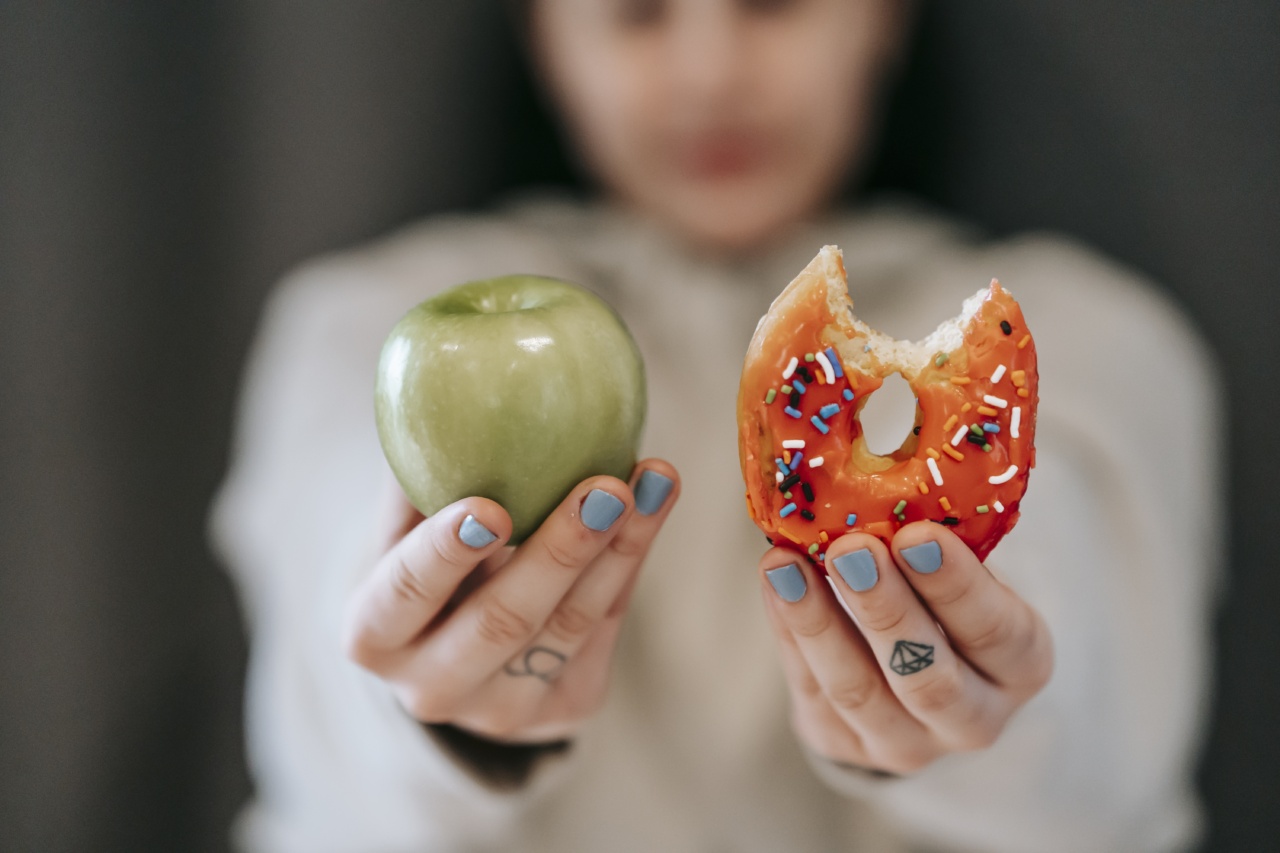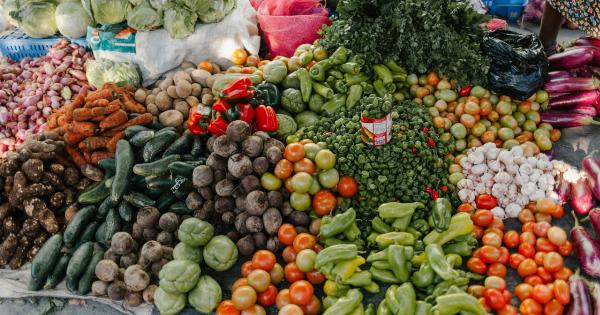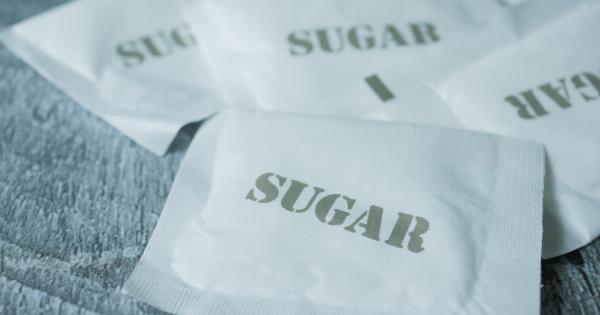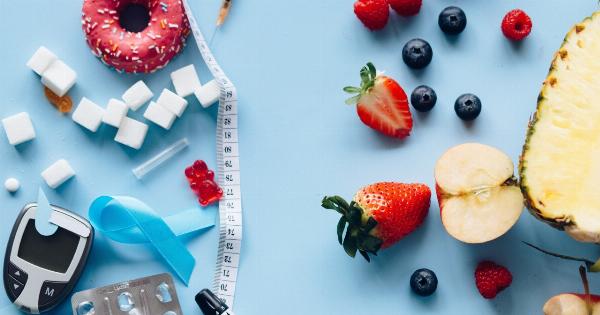Sugar is a ubiquitous ingredient in many of our diets. Not only is it present in sweet foods like candy and soda, but it is also hidden in many of our favorite snacks and meals, often under alternative names that are difficult to identify.
High sugar intake can lead to serious health problems like obesity, diabetes, and heart disease. Therefore, it’s essential to know how to identify hidden sugar in your diet and cut back on its consumption. In this article, we will look at different ways to spot hidden sugar in your diet.
1. Become a Sugar Sleuth.
The first step in discovering hidden sugar in your diet is to become a sugar sleuth. Educating yourself about the different names of sugar will allow you to identify them more easily when reading food labels.
Some common alternative names for sugar include:.
- Fructose
- Corn syrup
- Dextrose
- Honey
- Agave nectar
- Barley malt
- Maltose
- Sucrose
- Glucose
- Rice syrup
You will find that sugar is often the second or third ingredient listed on food labels. So, if sugar or one of its alternative names is near the top of the list, it’s a sign there is a lot of sugar in that particular food or drink.
2. Read Food Labels Carefully.
Reading food labels is critical because manufacturers often hide the amount of sugar in their products. In fact, many foods that you wouldn’t suspect of containing sugar do.
For example, ketchup, canned soup, peanut butter, salad dressing, and bread all contain added sugar.
It’s important to be aware that sugar’s alternative names, which we previously listed, may be added to make food sound healthier than it is.
For example, a product labeled as “natural” might contain sugar in the form of fruit juice concentrate or agave nectar.
3. Avoid Processed Foods.
Most processed foods contain high amounts of sugar. If you want to cut down on your sugar intake, it’s necessary to avoid processed foods as most of them contain added sugars.
Processed foods also lack the essential nutrients your body requires to function properly, such as vitamins, fiber, and minerals.
One helpful tip is to shop around the perimeter of the grocery store. This is where the fresh foods like vegetables, fruits, and whole-grain bread are typically located, and can be helpful for reducing your sugar intake.
4. Don’t Rely on Low-Fat Foods.
Many low-fat or fat-free foods contain added sugar. When fat is removed from food, it usually ends up tasting bland, so manufacturers often add sugar to compensate for the loss of flavor.
Fat-free mayonnaise, yogurt, and salad dressings are a few examples of low-fat foods that may contain hidden sugars.
5. Avoid Sugary Drinks.
Sugary drinks are one of the most significant contributors of hidden sugar in one’s diet. Many people consume sugar in the form of soda, sweetened tea or coffee, juice, and sports drinks without even realizing it.
Studies suggest that the high consumption of sugary drinks increases the risk of obesity, diabetes, and other health issues.
It’s best to opt for water, unsweetened tea or coffee, or flavored water instead of sugary drinks to reduce your intake of hidden sugars.
6. Swap Sugar for Natural Sweeteners.
Natural sweeteners like honey, maple syrup, and agave nectar can be used as an alternative to refined sugar. They are healthier options that are more nutritious than sugar, as they contain vitamins, minerals, and trace elements.
Though they are still considered a form of sugar, these natural sweeteners are less processed than regular table sugar and contain fewer calories.
7. Incorporate Whole Foods in Your Diet.
Whole foods like fruits, vegetables, lean proteins, and whole grains are nutritious and healthier alternatives to processed foods. They can help reduce your sugar intake and provide you with essential nutrients.
8. Keep an Eye on Portion Size.
Even when eating healthier foods, it’s essential to be mindful of portion size. Natural sweeteners like honey or maple syrup can still cause harm if consumed in large amounts.
Eating too much fruit can also cause a sugar overload, as it contains fructose. Recommended daily intake of sugar is 6 teaspoons for women and 9 teaspoons for men.
9. Pay Attention to Your Food Habits.
It’s not just the food that we consume that affects our health, but how, when, and why we eat play a significant role too. Understanding why we crave sugar can help us break the cycle of addiction.
The more you understand your food habits, the easier it will be to make long-term changes that lead to a healthier lifestyle.
10. Conclusion.
In conclusion, sugar is present in nearly everything we eat. It’s important to know how to identify and avoid hidden sugars in our diets to stay healthy and reduce the chances of developing chronic diseases.
A balanced diet that includes whole foods, mindful portion sizes, natural sweeteners like honey, and avoiding processed and sugary drinks can help reduce your sugar intake.





























